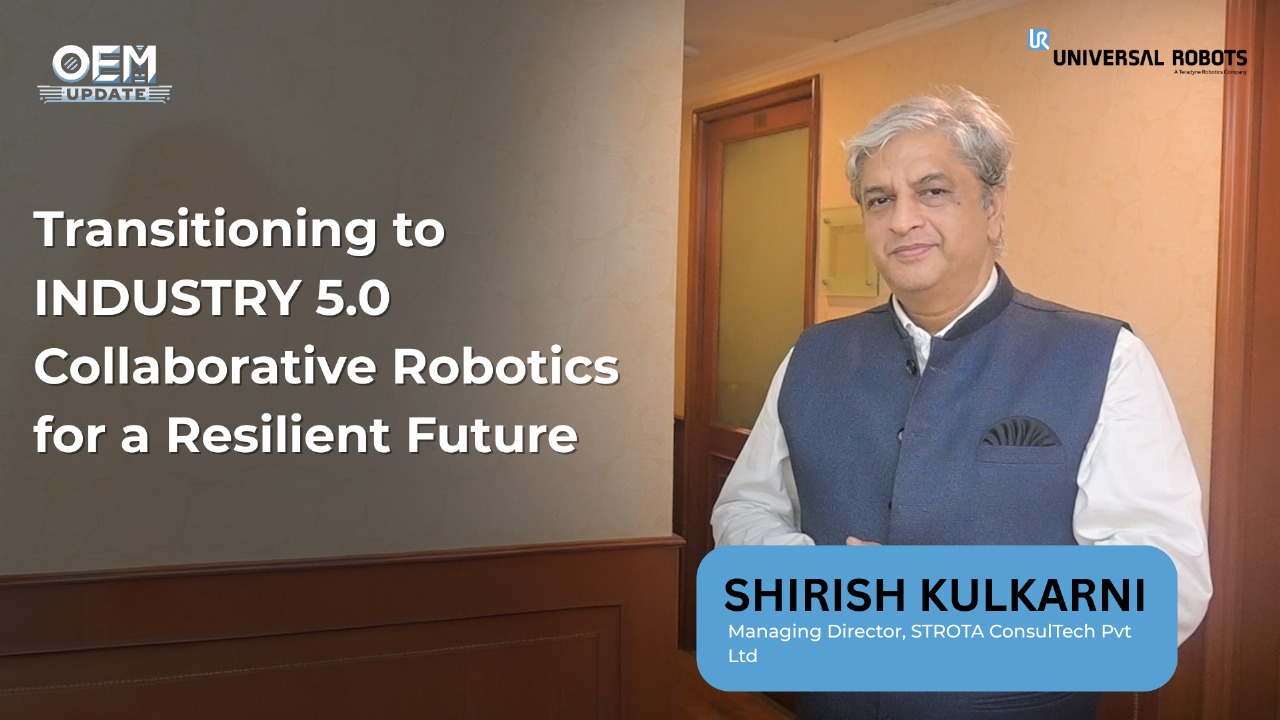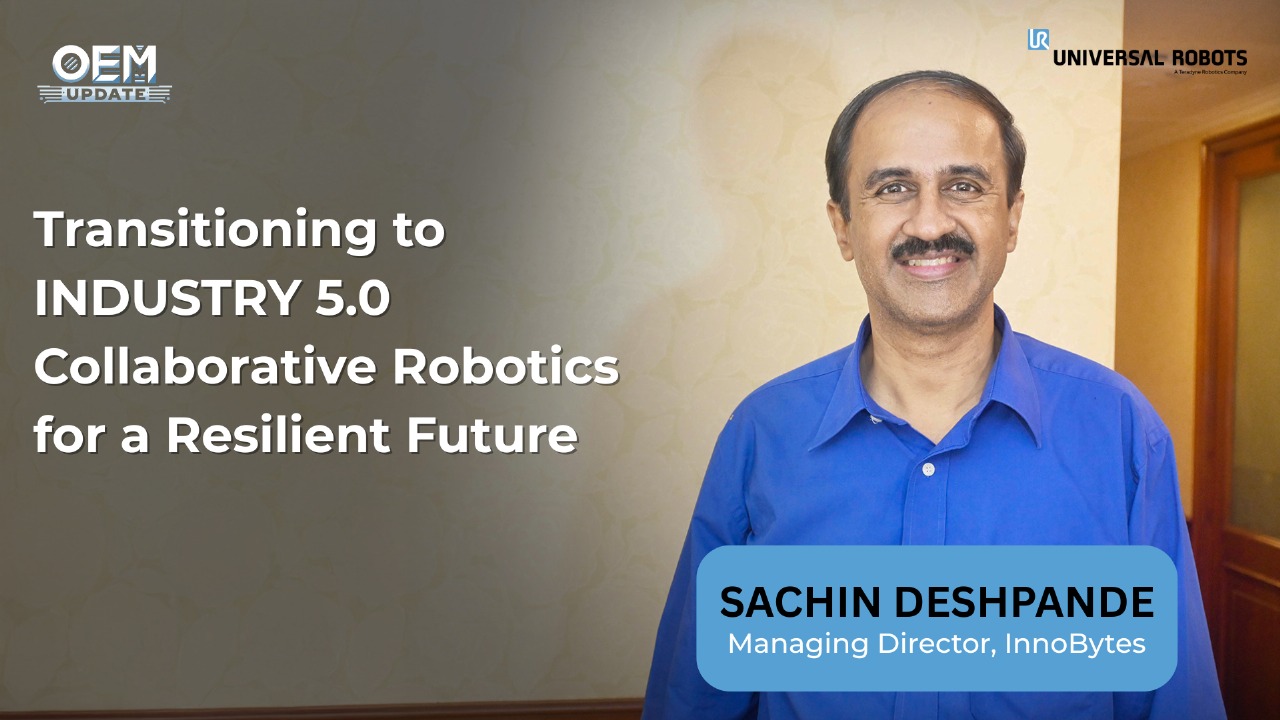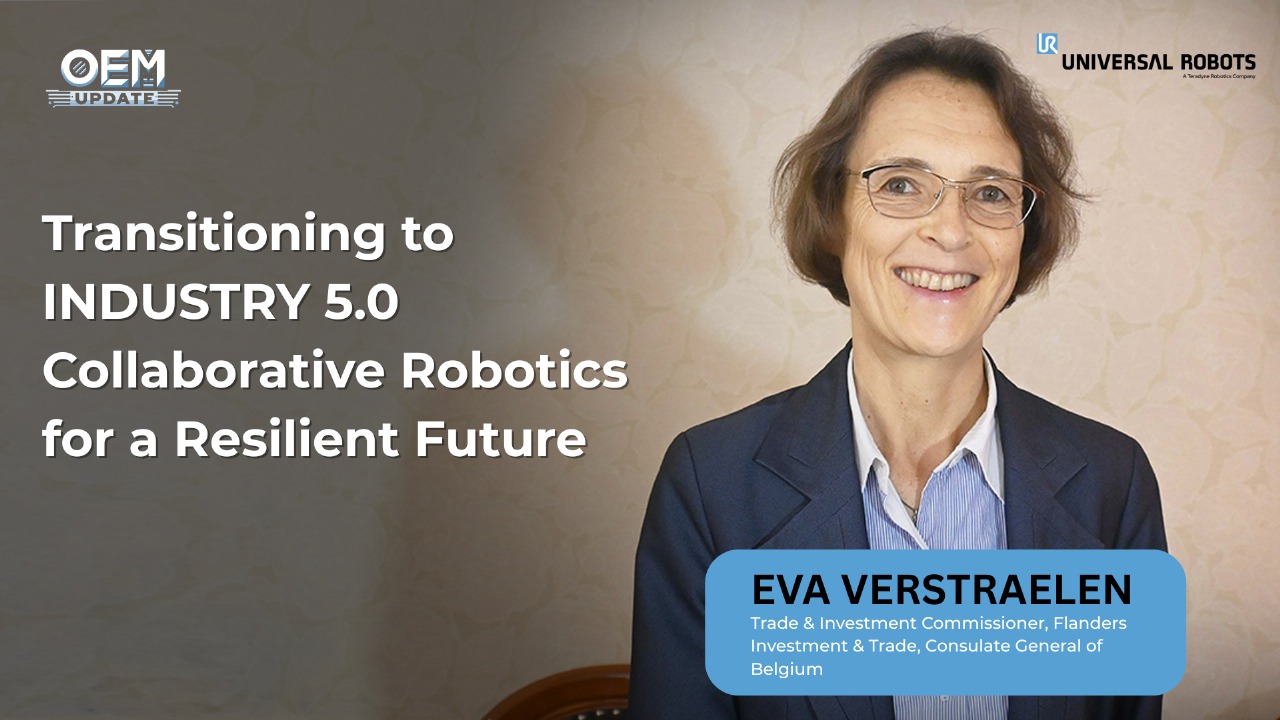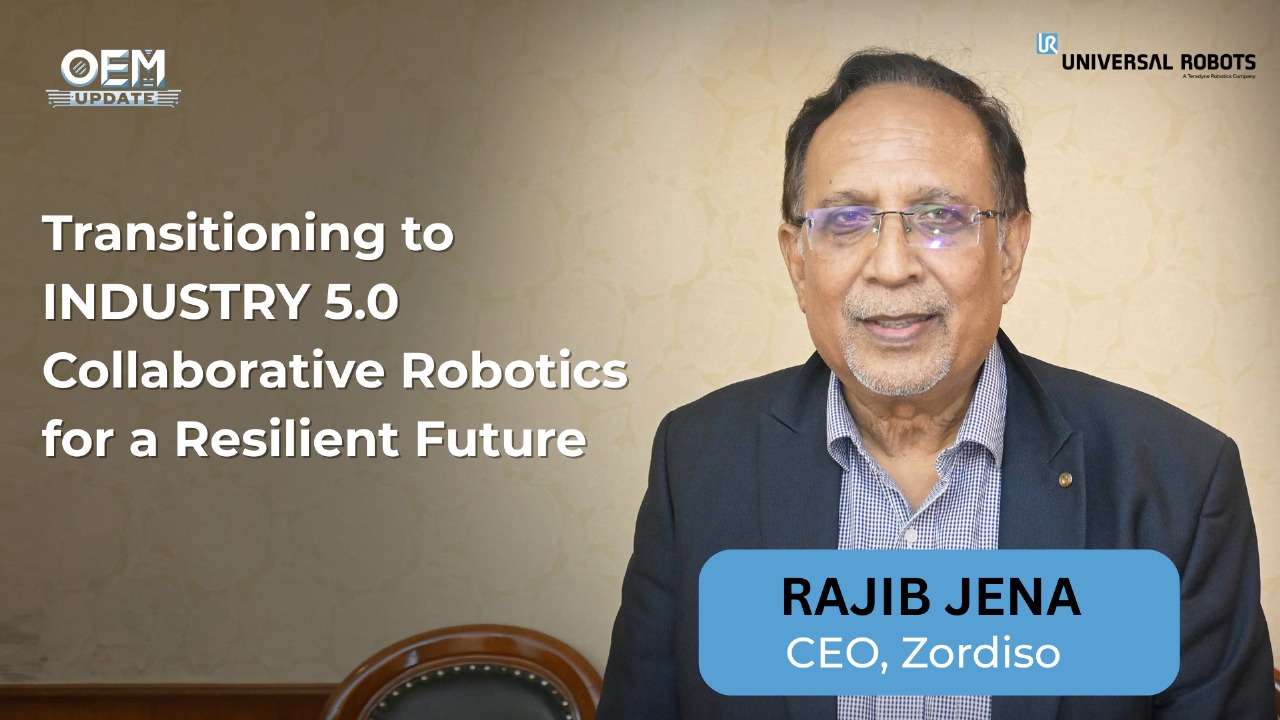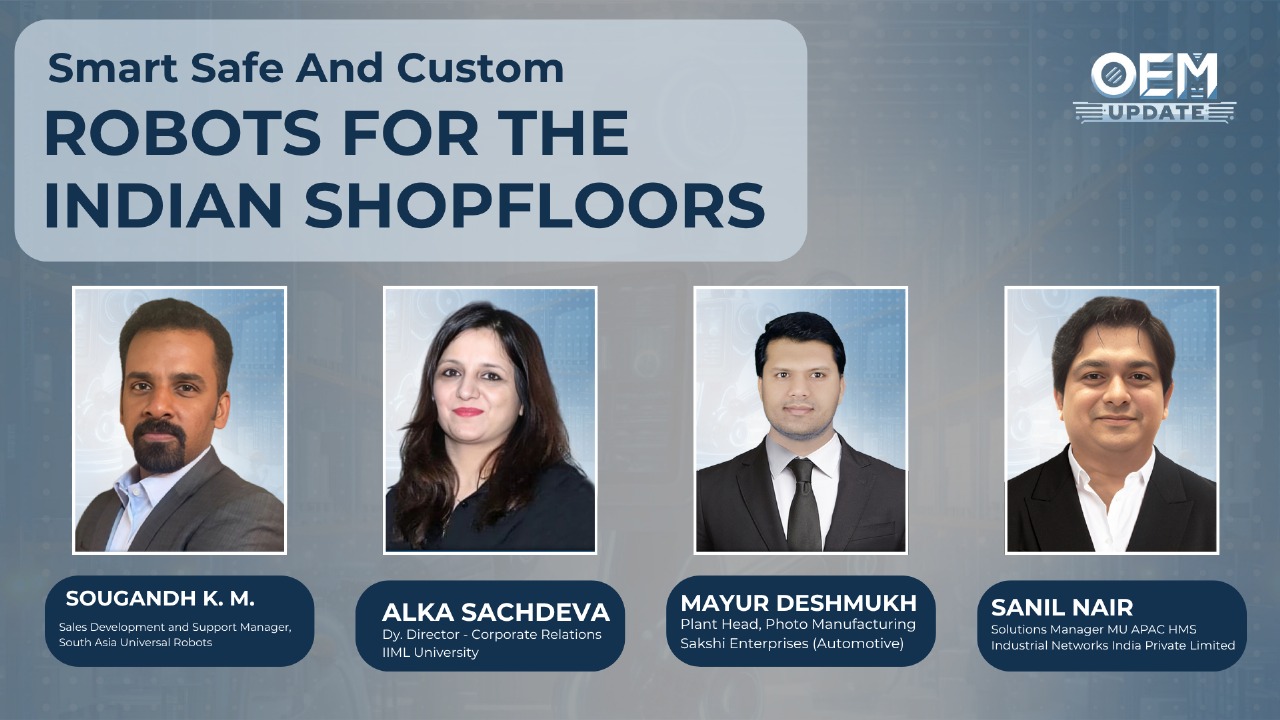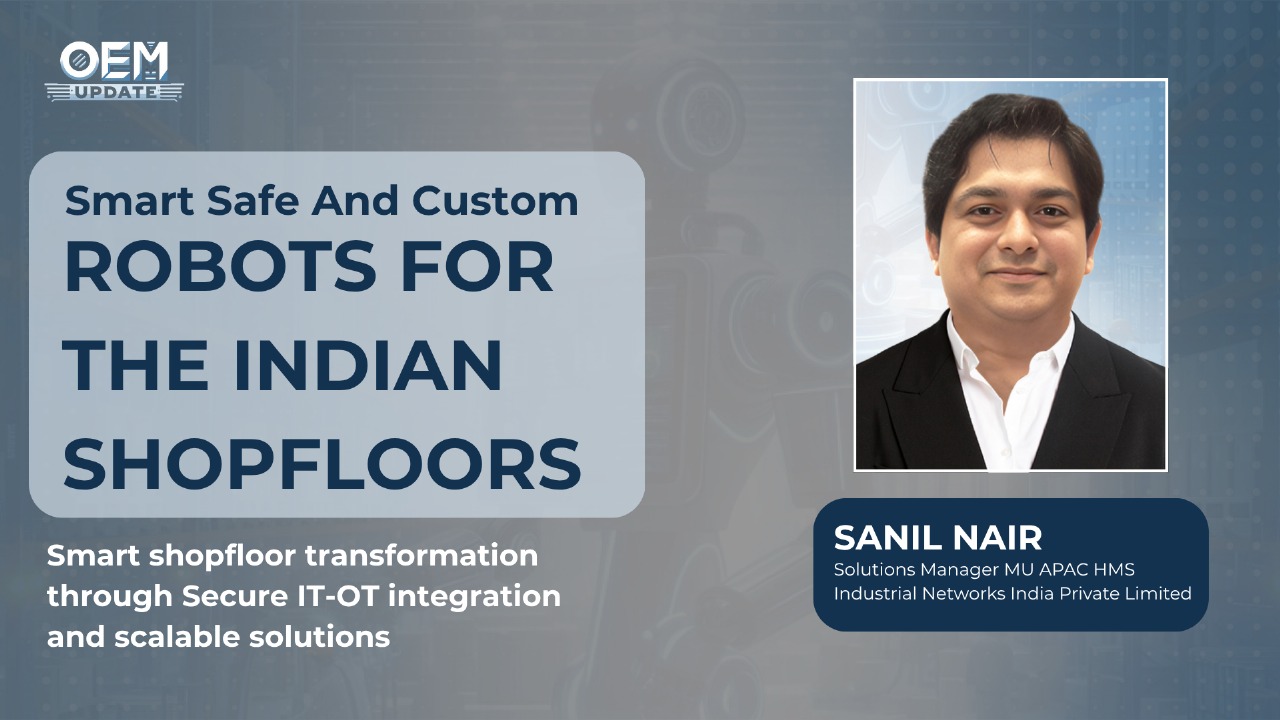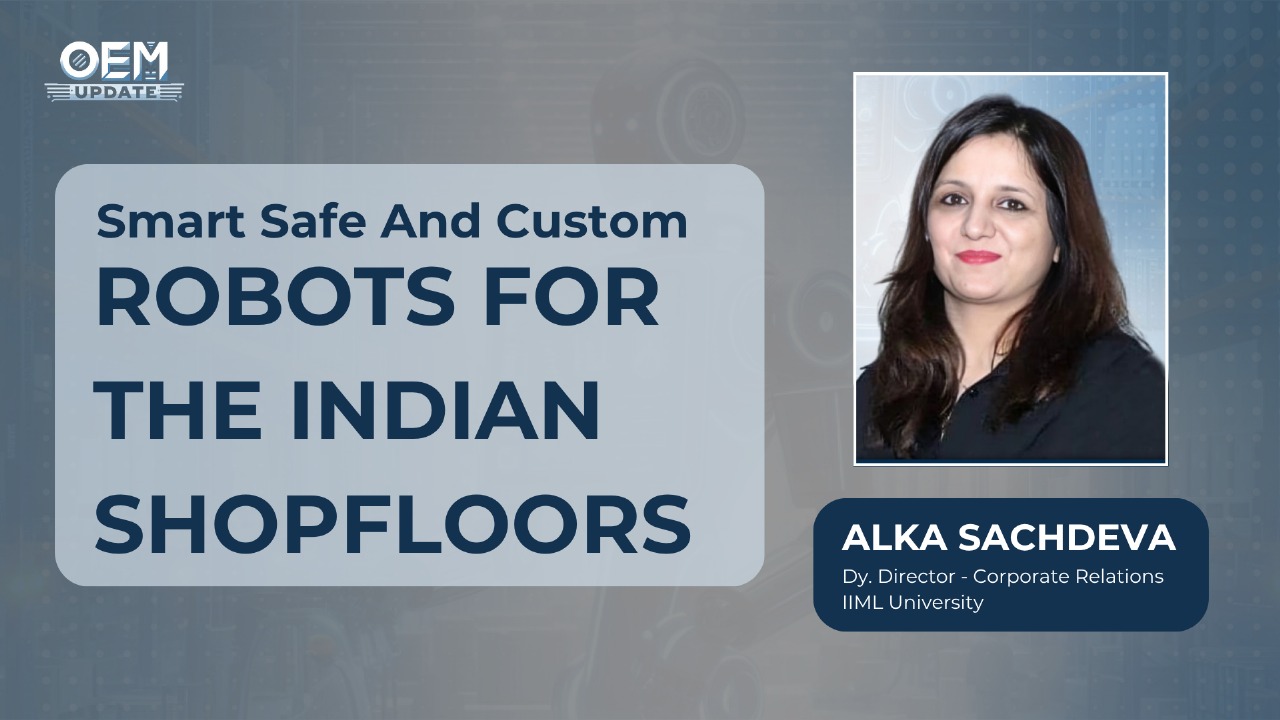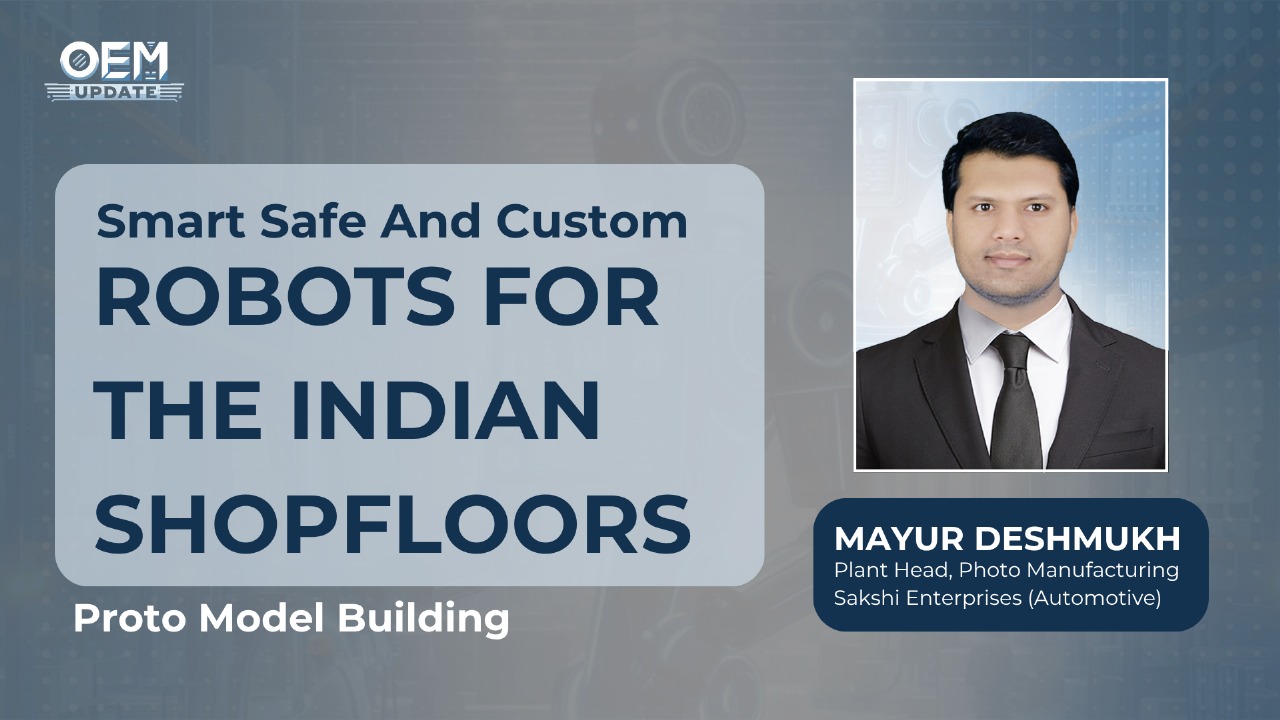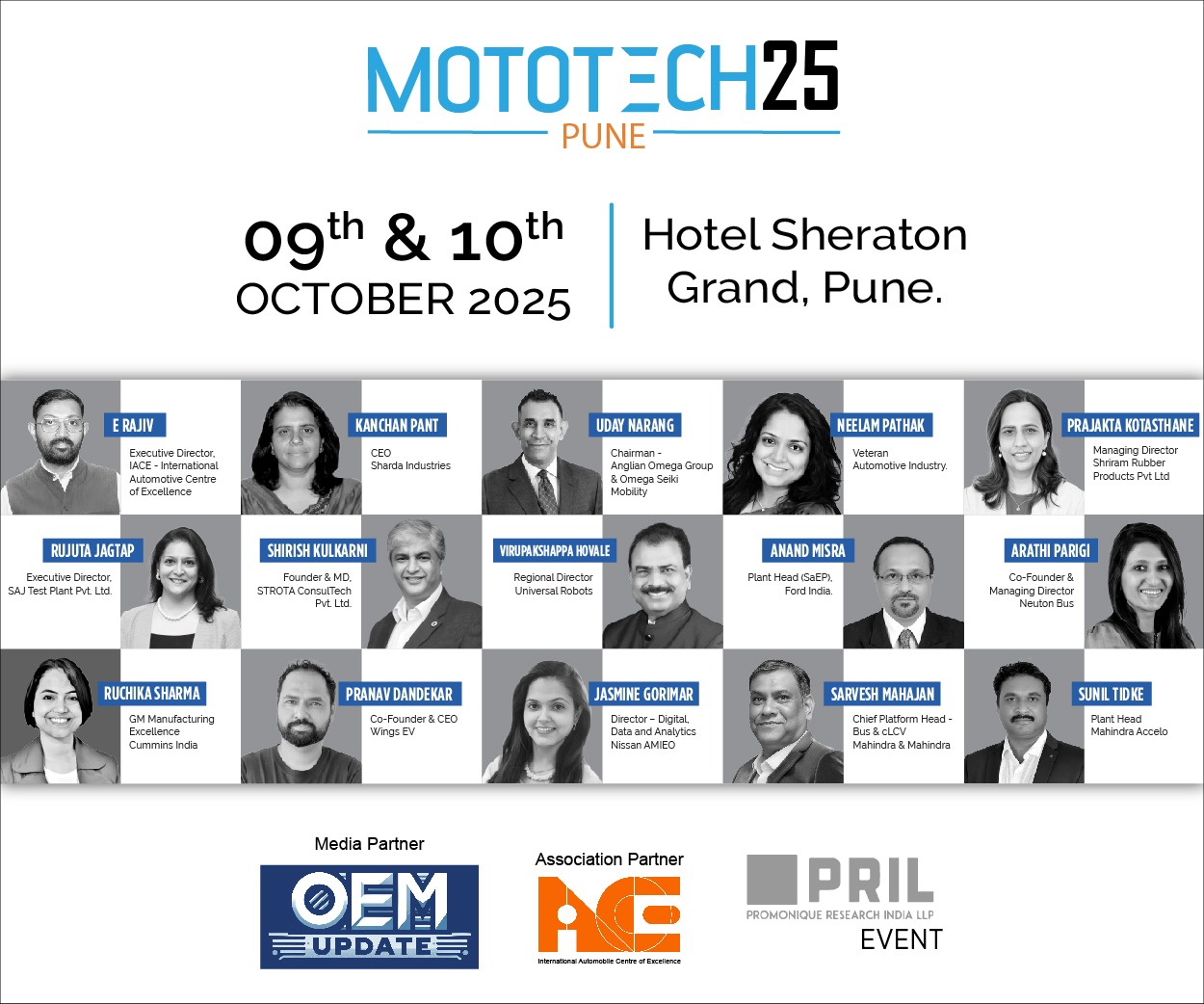SME support is key to precision manufacturing success
By Staff Report July 5, 2025 2:53 pm IST
India’s electronics sector is growing fast, driven by strong demand and government initiatives. Dr. Vijay Chaudhry, CEO, of Bry-Air, highlights India’s focus on innovation, component production, and infrastructure to become a global manufacturing leader.
What factors have contributed to India’s recent growth in electronics manufacturing, especially in smartphone and component exports?
The electronics manufacturing industry is at an interesting cusp of development. Strong domestic demand, supported by strategic government initiatives such as PLI schemes and the Semicon India Program, has given the desired impetus to the sector. With the growing demand for consumer electronics, telecom, IT hardware, and automotive electronics, there is immense opportunity for electronics production, projected to reach US$500 billion by 2030, according to India Briefing.
This necessitates developing a robust local manufacturing infrastructure for critical components such as printed circuit boards (PCBs), displays, chipsets, sensors, and passive elements. It can facilitate a resilient supply chain and reduce import dependence. The recent growth in electronics manufacturing also stems from India’s strategic move to become a global hub for electronic production. It aims to leverage innovation, infrastructure, and private sector collaboration to boost manufacturing. The country is further determined to build a domestic semiconductor manufacturing hub, underscoring the need to boost electronics manufacturing.
Despite the growth in finished goods exports, India still imports a large share of electronic components. What are the biggest challenges in building a self-reliant component ecosystem?
The major challenge in building a self-reliant component ecosystem is the high capital investment requirement. Establishing fabrication units and high-tech component factories requires significant funding and has long gestation periods. Many private investors hesitate due to uncertain returns and high risks.
Another factor is the high manufacturing cost, which makes it difficult for India to compete globally, particularly in cost-sensitive electronics. The lack of a large-scale domestic manufacturing infrastructure compounds this problem, limiting the country’s ability to meet rising demand. Dependence on imports for critical components like PCBs, sensors, and advanced displays increases costs and exposes the supply chain to vulnerabilities. The absence of indigenous R&D further restricts the design and domestic manufacturing of advanced components, limiting the development of essential technologies such as semiconductors and specialised components.
How is the newly announced Electronics Components Manufacturing Scheme expected to address the gaps in the current ecosystem? Do you see it helping across sectors beyond smartphones?
The Electronics Components Manufacturing Scheme, worth ₹23,000 crore, is a positive step toward developing a robust component ecosystem. It aims to boost domestic production by attracting large global and domestic investments and integrating Indian companies with Global Value Chains (GVCs). This can help redefine the global value chain and enhance India’s share in global electronics manufacturing.
The scheme targets ₹59,350 crore in investments to achieve production worth ₹4,56,500 crore. It supports the India Semiconductor Mission and includes sub-assemblies like displays, camera modules, multilayer PCBs, and Li-ion cells. It lays a strong foundation for supply chain infrastructure while emphasising manufacturing equipment. The scheme is expected to benefit sectors beyond smartphones.
What kind of support is needed for SMEs and component manufacturers—especially in areas like tooling, precision manufacturing, or testing infrastructure—to thrive in India?
To support SMEs and component manufacturing, government intervention through business-friendly policies is essential. There should be a focus on promoting investment to build resilient infrastructure and integrate advanced technologies. Skill development programs are necessary to train the workforce for precision manufacturing.
Before venturing into electronics manufacturing, it is important to understand the existing threats, such as corrosion triggered by moisture during PCB and semiconductor assembly. Moisture ingress can lead to failures, decreased performance, and reduced lifespan of assemblies. Untreated air and corrosive gases like SO₂ and HCl can cause microscopic corrosion, adhesion failures, and altered dielectric properties.
Semiconductor materials are highly hygroscopic, and uncontrolled humidity can cause operational failures and condensation on microchips. Corrosive gases also lead to corrosion of Cu/Al and silver contacts and the formation of crystalline salts.
To address this, deploying desiccant dehumidifiers helps maintain RH as low as 1% during PCB and semiconductor manufacturing. Gas Phase Filtration (GPF) Systems further eliminate corrosive gases through adsorption and chemisorption, also neutralising odorous gases.
Employing such advanced technologies is essential for supporting SMEs and ensuring the quality of electronic components.
India is moving from an assembly hub to deep manufacturing. What do we need to do to achieve global competitiveness in value-added electronics manufacturing?
To move from an assembly hub to deep manufacturing, India must develop a resilient manufacturing infrastructure and ecosystem. This includes building capabilities in design, innovation, component manufacturing, and advanced fabrication. A comprehensive strategy across policy, infrastructure, skills, and industry collaboration is key.
Advanced machinery and strong infrastructure ensure quality electronics that meet global standards. Strategic initiatives like PLI incentives and manufacturing subsidies can support this growth. Vigorous R&D investment is essential to drive innovation and produce quality, reliable, and cost-effective products.
Cookie Consent
We use cookies to personalize your experience. By continuing to visit this website you agree to our Terms & Conditions, Privacy Policy and Cookie Policy.





